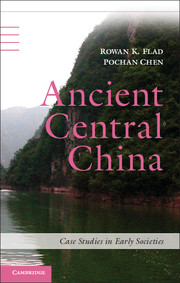Book contents
Bibliography
Published online by Cambridge University Press: 05 February 2013
- Type
- Chapter
- Information
- Ancient Central ChinaCenters and Peripheries along the Yangzi River, pp. 311 - 396Publisher: Cambridge University PressPrint publication year: 2013



